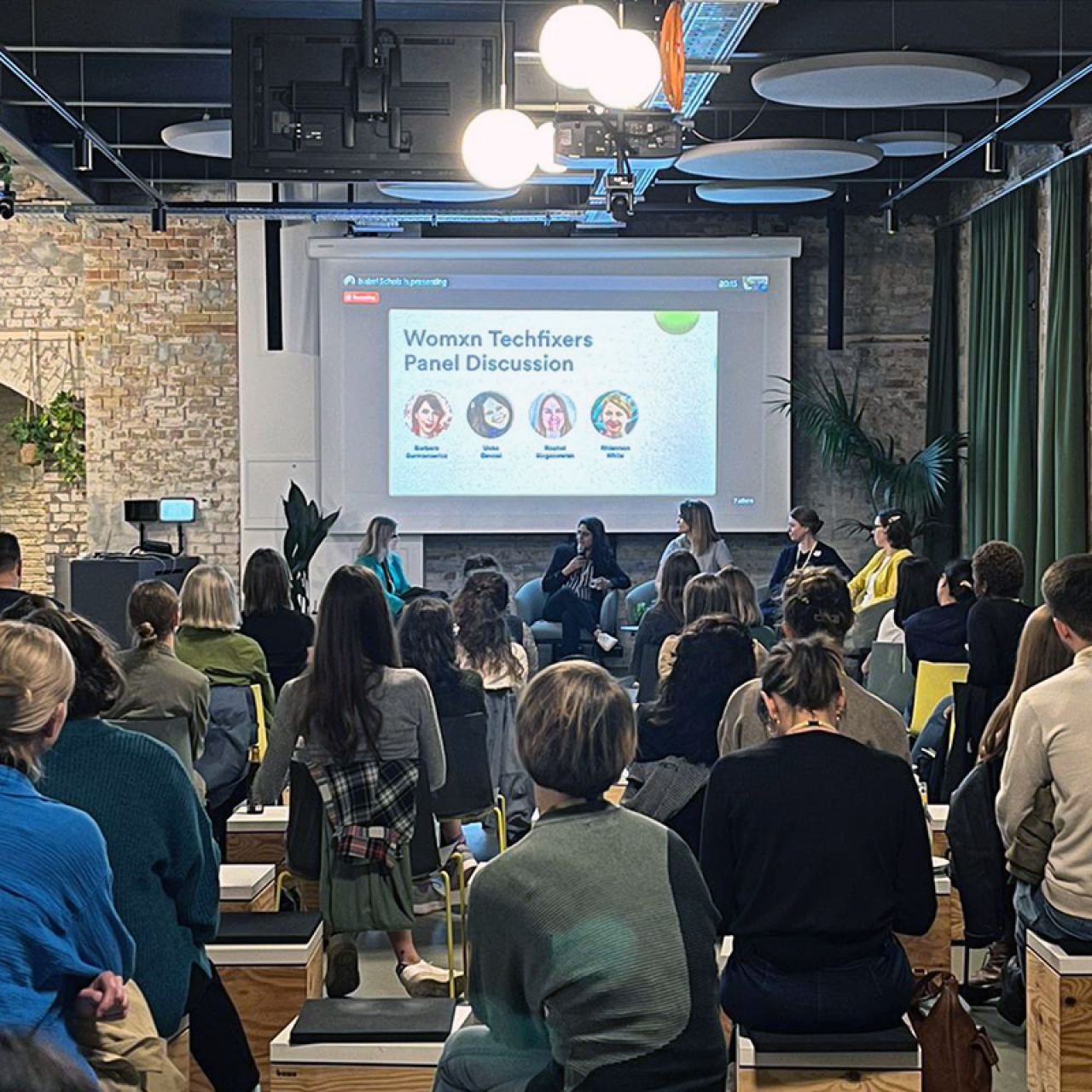It should be simple: pay people fairly, treat them well, give them meaningful work, and they’ll be loyal and productive employees for years to come.
So why isn’t this working? These days companies seem to be competing to offer more and more gimmicky perks to attract and retain star performers. And Bersin estimated in 2012 that organisations were investing $720 million a year on engagement improvement programs.
Yet, despite the free dog-grooming, laundry service and ping-pong tables, only a tiny fraction of employees are engaged in their jobs – 13% globally. The least engaged age group? Millennials. They’re almost twice as likely to be bored at work than Baby Boomers.
Why is this problem so prevalent right now? Gallup believes that resistance to change is a key factor – organisations are not adapting fast enough to new technologies, a globalised, distributed workforce, the gig economy, and younger workers’ unique expectations. Or perhaps we’re simply applying band-aids and not tackling the root of the problem.
But do you really need your workforce to be happy?
In a nutshell – yes. Low engagement is associated with a host of issues that can affect the organisation’s bottom line, including low retention, poor quality, bad customer service and lost business. In fact, it’s estimated that disengaged employees cost companies between $450 and $550 billion a year in the US alone.
Organisations who have high engagement are reaping the financial rewards: Best Buy discovered that a 0.1% increase in employee engagement was worth $100,000 per year at just one store.
Gallup found that businesses with highly engaged teams had 21% higher profitability, 20% more sales, 17% better productivity, and 40% fewer quality defects. They also experienced up to 60% lower staff turnover, 41% less absenteeism, and 70% fewer safety incidents.
And another study found that a 10% boost in employee engagement spending could raise profits by $2,400 per employee per year, and that increased employee motivation resulted in a higher share price.
So, if everyone is aware of the problem, then why aren’t we making any headway? There are certainly strategies which have proven effective, but unfortunately, they’re often poorly implemented, making the problem worse, not better.
Personal development
Take training, for example. We know this is an essential ingredient for employee engagement. 87% of millennials say that professional development or career growth opportunities are very important to them in a job, and 94% of employees would stay at a company longer if it invested in their careers. 80% of people reported that opportunities to learn new skills would increase their interest and engagement at work.
This is especially important when it comes to onboarding new staff: 28% of new hires quit their jobs in their first 90 days, often because of a poor onboarding experience.
But not all training is created equal, and long, boring courses are unlikely to stimulate your employees. Organisations need to continually deliver bite-sized, media-rich learning content that can be consumed at the point of need – or even better, created by your employees themselves and shared with colleagues.
Communication
Communication is another critical factor. Without regular conversations with your team members, how will you know what motivates them? And keeping staff out of the loop sends the message that they’re not valued or trusted – a surefire way to demotivate them.
In particular, managers need to communicate with staff about their performance. Yet this is a leading cause in disengagement: 96% of employees say that regular feedback is a good thing – even if it’s negative – but 62% don’t think they’re receiving enough. Employees are three times more engaged when managers are good at giving feedback – while managers who are bad at doing this, have staff who are much more likely to quit.
And our communication systems themselves are inadequate. Many organisations simply disseminate information top-down through a clunky intranet, instead of tapping into the social tools that their younger employees have grown up with.
Connections
Employers also underestimate the importance of social connections at work.
Millennials say that co-worker relationships are one of the main reasons they’d stay at a company for more than three years. And in a European study, the majority of respondents (42%) said that their peers were the biggest influence on engagement levels. Social contact is even more critical in a globalised, flexible workforce, where remote workers can feel disconnected. Organisations need to provide tools to facilitate collaboration and promote a culture that helps employees connect.
It’s clear that the engagement problem isn’t going to be solved overnight. Luckily, organisations like niikiis are providing innovative solutions, combining the principles of motivation, learning, social contact and communication into a single, AI-driven platform. Interactions between employee and employee, employee and manager, and even employee and enterprise are strengthened, as users engage on our intuitive platform.
Download our app on Google Play or App Store and be part of niikiis community.
The Business Transformation Network has posted this article in partnership with niikiis.

